SUMMARY
This is AI generated summarization, which may have errors. For context, always refer to the full article.
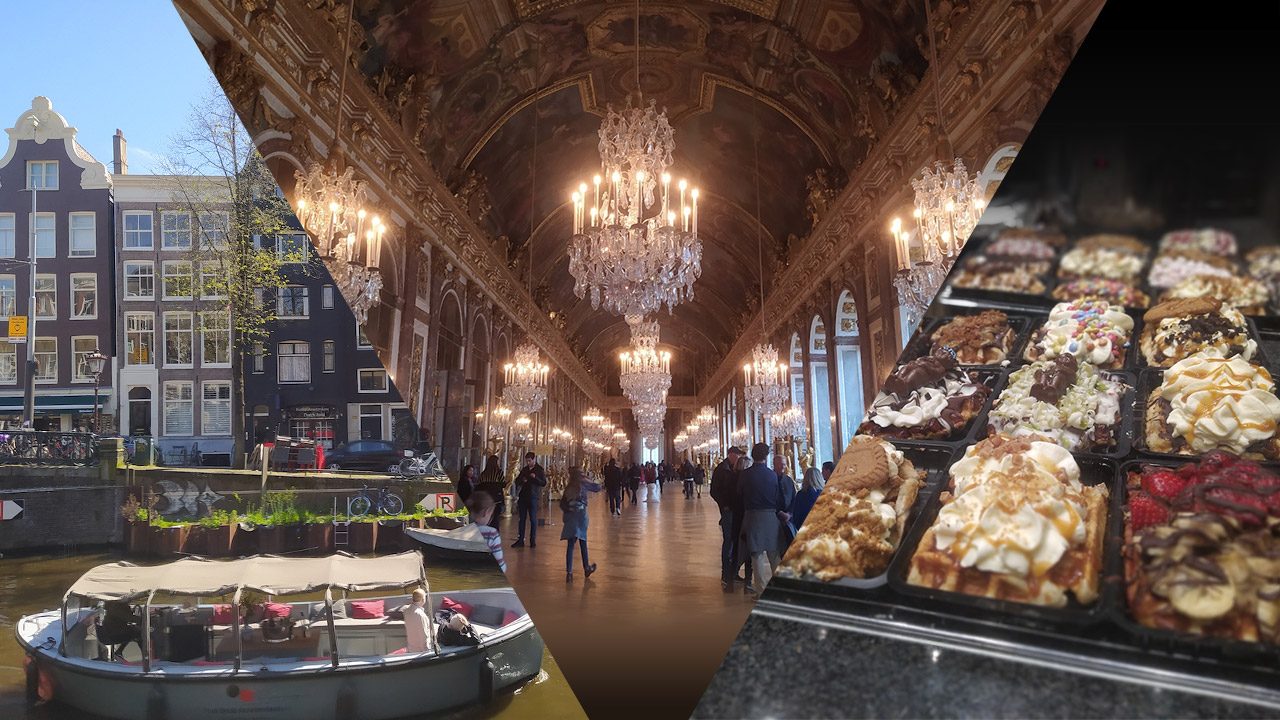
Europe is a dream destination for many travelers. The continent is home to many of the most visited cities in the world. Many of its cities are cultural hubs that offer exquisite cuisines, world-class museums, and attention-grabbing architecture. It’s also convenient to go country-hopping because most countries in the region are connected by extensive rail and bus networks, along with multiple regional flights.
A popular itinerary you can follow is France, Belgium, and the Netherlands in one trip. This itinerary allows you to get a glimpse of Europe and cross out some items on your travel bucket list.
Getting a visa
France, Belgium, and the Netherlands are all part of the Schengen zone. This means that if you get a visa from any of these countries, you can enter any of them. France and the Netherlands are popular choices to lodge an application in. Both outsource applications via VFS. It’s possible to apply for a visa 6 months before your trip.
You can schedule an appointment through these websites:
I would suggest you get a visa from either one because you can follow this itinerary from either end, France-Belgium-Netherlands, or the other way around.
Some of the basic requirements for visa applications include:
- Valid passport
- Photo (35x45mm)
- Itinerary
- Accommodation confirmation
- Application form
- Proof of occupation or business registration
- Proof of funds (bank certificate, credit card statements, bank statements, etc.)
Contact the embassy you’ll apply in or visit their VFS page for a complete list of requirements.
Get into Europe
With this itinerary, you’ll start your trip in Paris and end it in Amsterdam.
By plane
There are multiple flights from Manila to Paris with layovers in the Middle East or Asian countries such as Qatar, Dubai, Singapore, Hong Kong, and others. It’s up to you to decide which airline to book. Use the multi-city option to see flights from Manila to Paris and Amsterdam to Manila.
You’ll most likely arrive at Paris’ Charles de Gaulle Airport or CDG. It’s convenient to take public transportation to get out of this airport.
By bus
RoissyBus connects you from CDG’s different terminals to the Paris-Opera station. The fare is around €16.20. The interval for the buses is every 15 to 20 minutes. You can check the schedule here.
By train
You could also take the train from CDG Terminal 3 Roissypole or the train departing from Terminal 2; it all depends on which one is closer to you. Board a RER B train bound for Chatelet then alight at one of the main stations in Paris, Gare du Nord. From there, it’s easy to take the metro or public bus or walk to your accommodation. The fare for a one-way ride is around €11.40.
Itinerary and places to visit
This itinerary assumes you’ll start with one whole day.
France
*I would recommend buying a Paris Museum Pass for at least the first two days of this itinerary. It pays off quickly, especially if you plan on entering museums and attractions in the city.
A 2-day Paris Museum Pass costs €55
Visit this website for more information and prices.
Getting around Paris
Public transportation is efficient and reliable in Paris. I either walk or take public transportation. I used the Navigo Decouverte Pass. The card costs €5 and a one-week pass costs €30. You can use this for Zones 1 to 5. I used this card for my day trip to Versailles. You’ll have to bring a colored headshot photo which you’ll attach to a paper card. FYI, the pass is only valid until the Sunday of that week; it doesn’t carry over to the following week even if you bought it on Wednesday.
Alternatively, you can get a Paris Visite Pass. This allows you to take unlimited rides on public transportation. It also provides pass holders with discounts from their partner establishments.
For Zones 1-3, the pass costs:
- 1 day – €13.55
- 2 days – €22.05
- 3 days – €30.10
- 5 days – €43.30
For Zones 1-5, the pass costs:
- 1 day – €28.50
- 2 days – €43.30
- 3 days – €60.70
- 5 days – €74.30
*Children from 4 to 11 years old get a discount.
Learn more about the pass’ perks here.
Day 1
Your first day in Paris will be for the city’s highlights. Start it with a trip to the Louvre. Choose a morning time slot so that you can explore the museum without the huge crowds. FYI, there’s always a crowd in the Louvre; it’s a matter of how big the crowd is depending on the time of day. The Louvre is HUGE; it’s impossible to see the thousands of works of art in a few hours.
The works you’ll find here are centuries old, some of which are masterpieces created by renowned artists such as Leonardo da Vinci, Veronese, Jan Vermeer, Michelangelo, and others. Some of the most notable works inside are the Mona Lisa, La Liberté Guidant le Peuple, Le Sacre de l’Empereur Napoléon Ier, Victoire de Samothrace, and the Venus de Milo, just to name a few.

For this itinerary, spend at least two to three hours in the Louvre to see the highlights. Other than the works of art in the museum, the Louvre itself is an iconic piece of architecture. You can spend a few minutes taking photos of the area before moving on to your next destination.
Around 20 minutes’ walk from the Louvre, you’ll arrive at Île de la Cité. The walk itself is quite scenic as you’ll pass the Seine River. You’ll also pass cafés and restaurants if you feel like having a bite first or after. You’ll visit two attractions here, which are the Notre Dame Cathedral and Sainte-Chapelle. The Notre Dame Cathedral is a fine example of the French Gothic style. It is one of the most well-known landmarks in the city because of its historic significance. However, it’s closed to the public as of this writing.
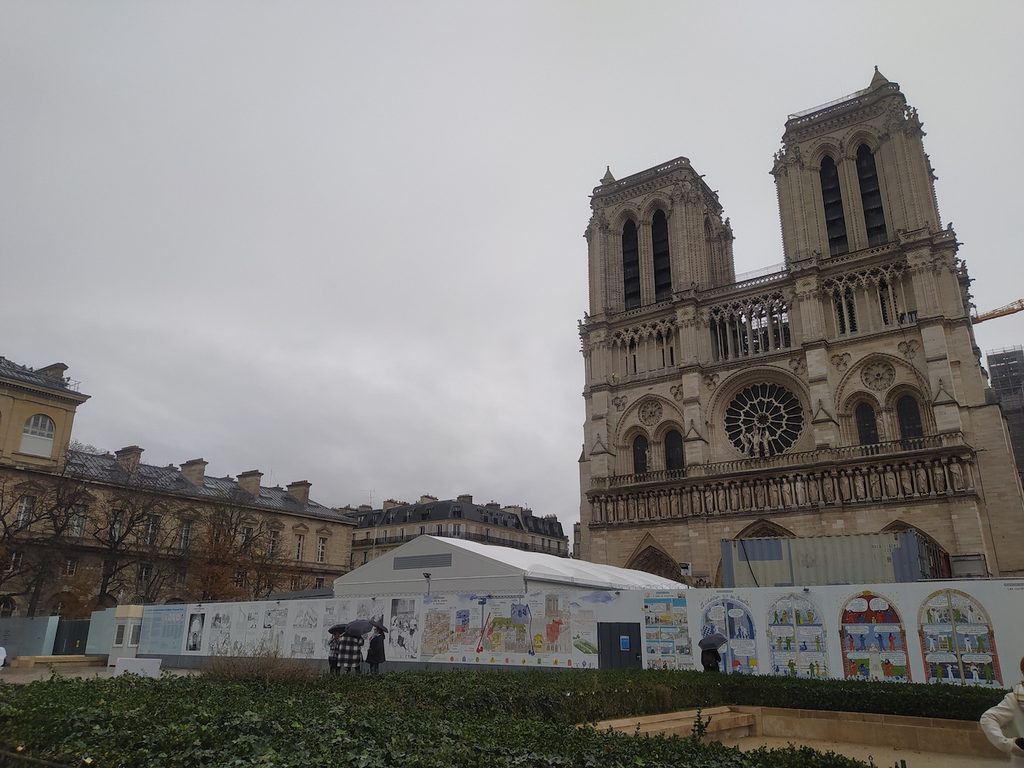
Not too far from the cathedral is Sainte-Chapelle. The latter dates to the 13th century. Many tourists visit to see the exquisite stained-glass windows that depict biblical scenes. After exploring the area, make your way to the nearest metro station and head on over to the Eiffel Tower.

What more can I say about the Eiffel Tower? It’s the most recognizable and famous landmark of Paris. It towers over the city at a height of around 330m. Gustave Eiffel designed the tower for the International Exposition of 1889. There’s a park surrounding the tower, if you want to hang out here or head on over to Trocadero instead. The latter is one of the most popular places to take pictures of the tower.
After taking as many photos as possible with the Eiffel Tower, make your way to the Arc de Triomphe. Napoleon commissioned the construction of this famous arch in the early 1800s. It commemorates the soldiers that fought in the Napoleonic Wars and the Revolution. Go up to the viewing deck to get overlooking views of the city with the Eiffel Tower. Walk along Champs-Elysees to look for a place to eat dinner. The area is expensive, but you can still find some affordable places to eat.
Paris is lovely at night when many of its landmarks are lit up. I enjoyed walking around the Louvre, Hotel de Ville, the Arc de Triomphe, and others. You can spend an hour or so wandering around the city before calling it a day.
Here are useful links for your day’s itinerary:
- Book a time slot for the Louvre here.
- Buy a ticket and time slot to go up the Eiffel Tower here.
Fees:
If you don’t buy a Paris Museum Pass, here are some of the entrance fees to the attractions mentioned above.
- €17 – Louvre online ticket
- €13 – Arc de Triomphe ticket
- €11.50 – Sainte-Chapelle ticket
Day 2
The first attraction you’ll visit on your second day is the Musee d’Orsay. The latter is one of the most famous museums in Paris. It also used to be a railway station. This museum contains the largest collection of Impressionist and Post-Impressionist works of art in the world. Some of the paintings you’ll see here are by Van Gogh, Claude Monet, Cezanne, Renoir, Edouard Manet, and others. If you’re going to spend just a few hours here, might as well just see the Impressionist and Post-Impressionist galleries. After visiting the museum, grab lunch somewhere nearby before heading out to Versailles.
King Louis XIV had the Palace of Versailles built as a royal residence. Louis XIV expanded and transformed Louis XIII’s hunting pavilion into a sprawling palace. Fast forward to today, the complex is now a UNESCO World Heritage Site and one of the most popular tourist attractions in France. As you explore the palace museum, you’ll see several elaborate rooms decorated with paintings, frescoes, the finest furniture, and all sorts of decorations that I also found in many other palaces I’ve been to in Europe. The Hall of Mirrors is often cited as a highlight of a visit. If you have the time, you could also explore the garden. Half a day isn’t enough to fully explore Versailles, but it’s enough to see the highlights. By the time you finish exploring the palace museum, it will most likely be late in the afternoon. You can return to Paris for dinner or go out for all sorts of entertainment in the city.
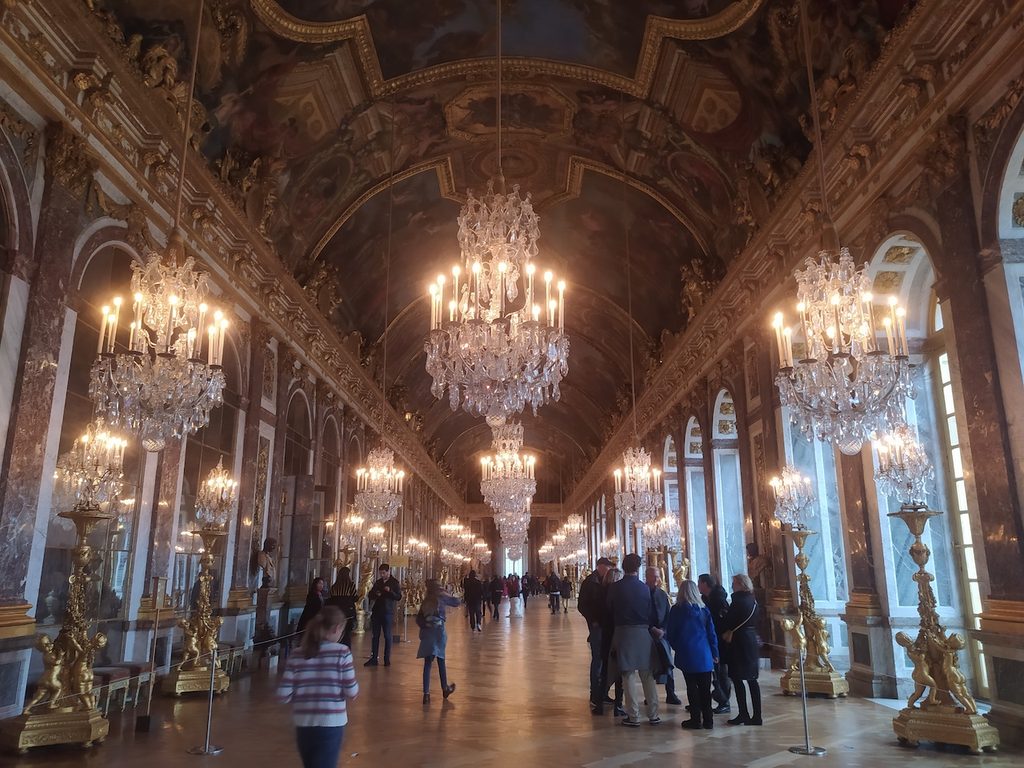
How to get to Versailles: Versailles is a popular and accessible day trip destination from Paris. It’s possible to book an organized tour from the city, but this is an expensive option. You can take public transportation to reach this sprawling palace complex. Board a RER C train bound for Chateau Rive Gauche station. You can also board an L line train from Saint Lazare to Versailles Rive Droite station. Once you arrive at either station, you can walk to the palace or board a bus. You can use your Navigo Decouverte Pass or Paris Visite Pass to get to Versailles. Factor in the travel time between Paris and Versailles when planning your trip. The one-way trip takes around one hour to an hour and a half.
Here are useful links for today’s itinerary:
- Buy an online ticket for the Musee d’Orsay here.
- Buy an online ticket and book a time slot for Versailles here.
Fees:
If you don’t have a Paris Museum Pass, here are some of the entrance fees to the attractions you’ll visit above:
- €16 – Musee d’Orsay
- €19.50 – Versailles Palace ticket only (the Paris Museum Pass only covers the Palace Museum ticket)
- €28.50 – Versailles Palace, Estate of Trianon, and the garden
Day 3
I always try to visit a small town and/or a different city whenever I go to a new country. I would recommend visiting Strasbourg and Colmar after you see the highlights of Paris. Check out of your accommodation and get on the morning train bound for Strasbourg.
As soon as I got out of Strasbourg station, I immediately felt its difference with Paris. It’s a much more laid-back (and smaller) city with plenty of charm. The city center has the stunning Strasbourg Cathedral, traditional houses and buildings, and fetching canals. The city was under German rule for some time before it became a part of France again. The Grand Ile has been a UNESCO World Heritage Site since 1988.
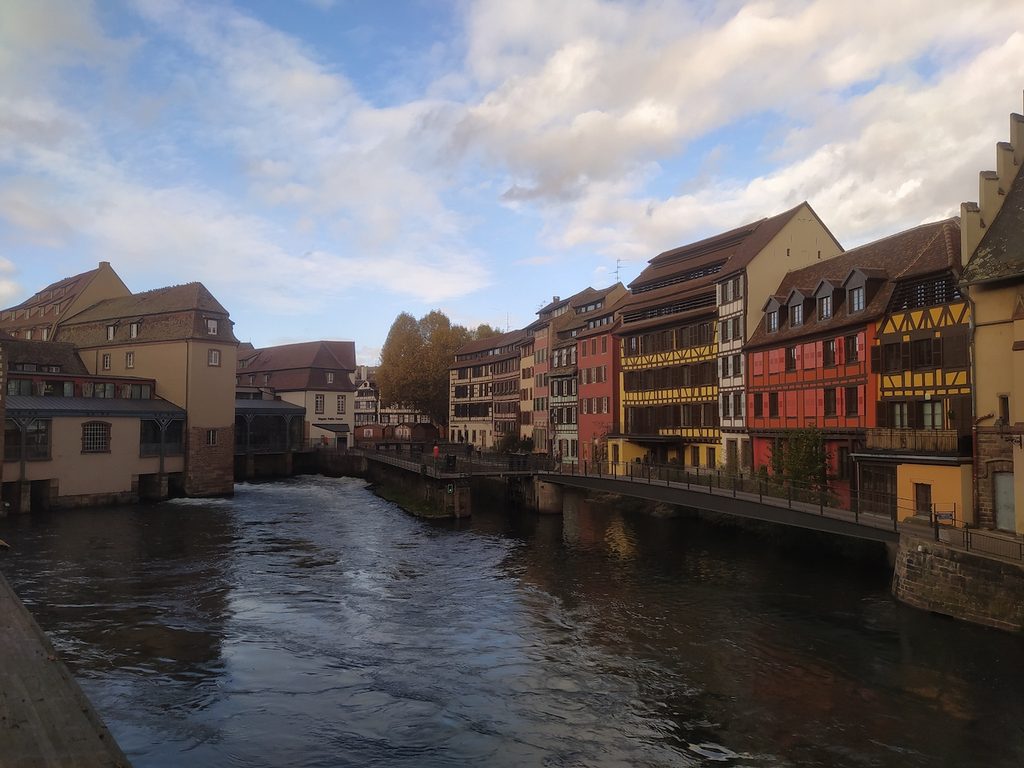
Spend a relaxing day here without worrying about museums or attractions. The old town and Grand Ile are quite lovely and scenic. Some of the noteworthy places to visit are Strasbourg Cathedral, Quartier des Tanneurs (La Petite France), Maison Kammerzell, Eglise Saint-Thomas, Eglise Saint-Pierre-le-Jeune, Maison de l’Oeuvre Notre-Dame, Place du Marché-aux-Cochons-de-Lait, and Quartier Krutenau.
You can check train schedules and book tickets from these websites:
*I would recommend booking your round-trip train tickets from Paris to Strasbourg months or weeks in advance to save money. You’ll spend significantly more if you’re buying tickets the day before or on the day of your trip.
Day 4

Check out of your accommodation and make your way to Strasbourg Station. The train ride to Colmar isn’t long, which gives you plenty of time to explore this charming town. Colmar has a history that dates to 1226 when the Holy Roman emperor Frederick II made it an imperial town. Different countries such as Sweden and Germany have occupied it over the centuries before it became part of France again. Walking around Colmar will feel like you’ve entered a storybook, thanks to its many colorful houses and shops. The old town is small enough to explore on foot for a few hours. Places you’ll visit include Quartier des Tanneurs, Quartier de la Krutenau (Little Venice), Eglise des Dominicains, Quai de la Poissonnerie, Eglise Saint-Martin, and the Eglise Saint-Matthieu. Soak in the old-world charm and ambiance while exploring and have lunch, a snack, or a drink at one of the cafés.
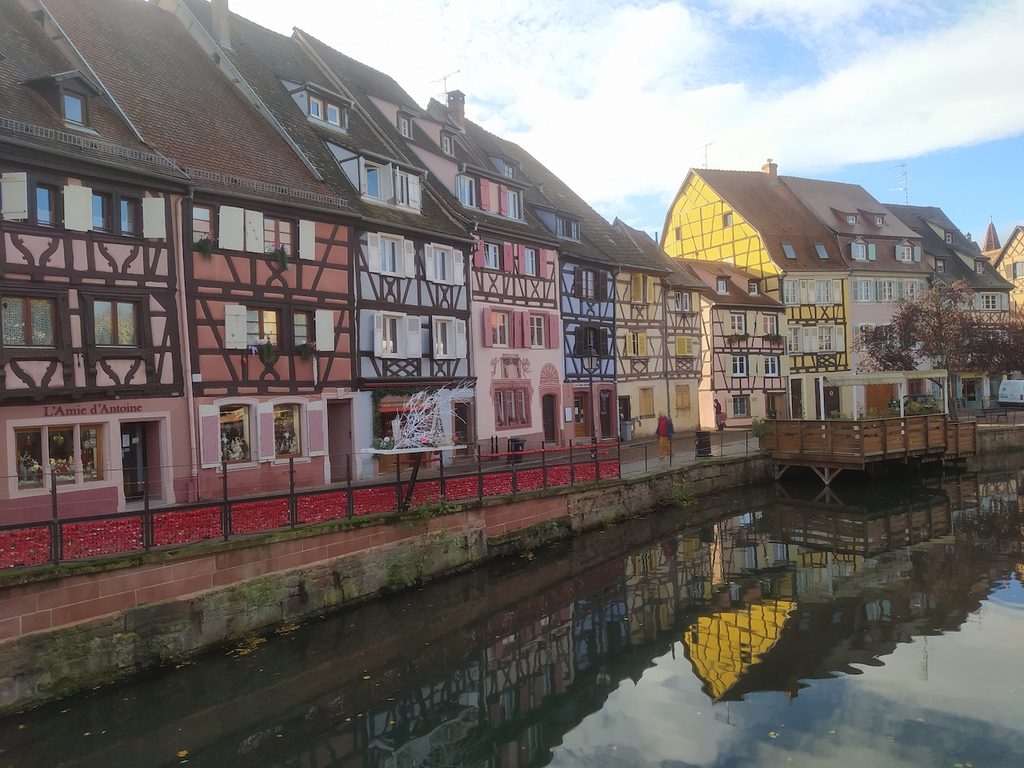
How to get to Colmar: It’s easy and convenient to go to Colmar from Strasbourg. There are several trains throughout the day that ply this route.
You can check train schedules and book tickets from these websites:
After exploring Colmar for a few hours, make your way back to Strasbourg, get your things, and take the train back to Paris.
Day 5
On your last full day in Paris, check out some of its neighborhoods. Make your way to Montmartre, a charming part of the city and an artists’ enclave. Pablo Picasso, Van Gogh, and Auguste Renoir were some of the most renowned residents of Montmartre. Basilique du Sacré-Coeur is one of Montmartre’s most striking buildings. It was built as a symbol of hope. Once inside the church, you’ll immediately notice the ceiling mosaic. The church is also one of the best places to get overlooking views of the city. Montmartre has several narrow lanes, streets, and squares with painters, cafés, restaurants, and vestiges of what used to be a village.
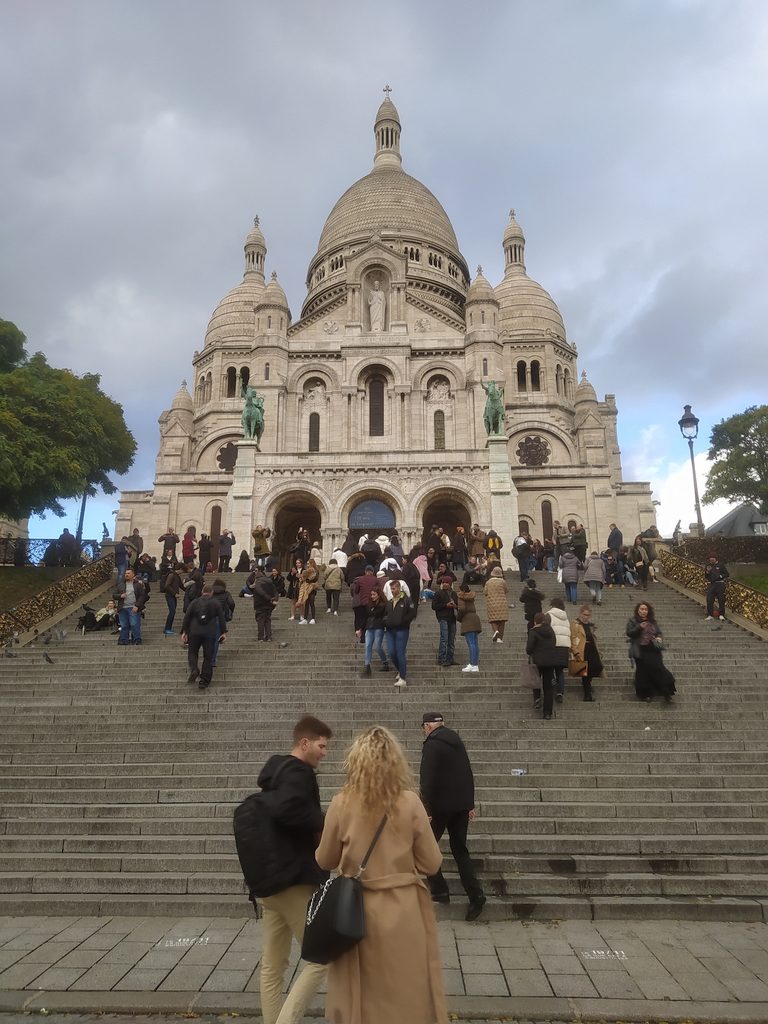
After spending a few hours in Montmartre, make your way to the city’s Latin Quarter. The latter is another beautiful neighborhood worth exploring while in Paris. The area is home to museums and educational establishments. One of the most recognizable buildings in this district is the Pantheon. The latter is a national mausoleum built for the country’s most renowned citizens such as Marie Curie, Geneviève de Gaulle-Anthonioz, Victor Hugo, and Jacques Rousseau, just to name a few. Some other attractions you might be interested in visiting include Jardin des Plantes, Musée National du Moyen Age, the Natural History Museum, and others.
Cap your day off eating at your favorite restaurant in Paris.
Fees:
If you don’t have a Paris Museum Pass, you’ll have to pay for some attractions:
- €11.50 – Pantheon
Belgium
How to get to Brussels: You can either take the bus or train from Paris to Brussels. The bus is your budget option but takes longer.
Flixbus is my go-to company for bus rides in Europe, book a ticket here.
You can book train tickets here.
Day 6
After arriving at the bus or train station, make your way to your accommodation and check in or leave your bags.
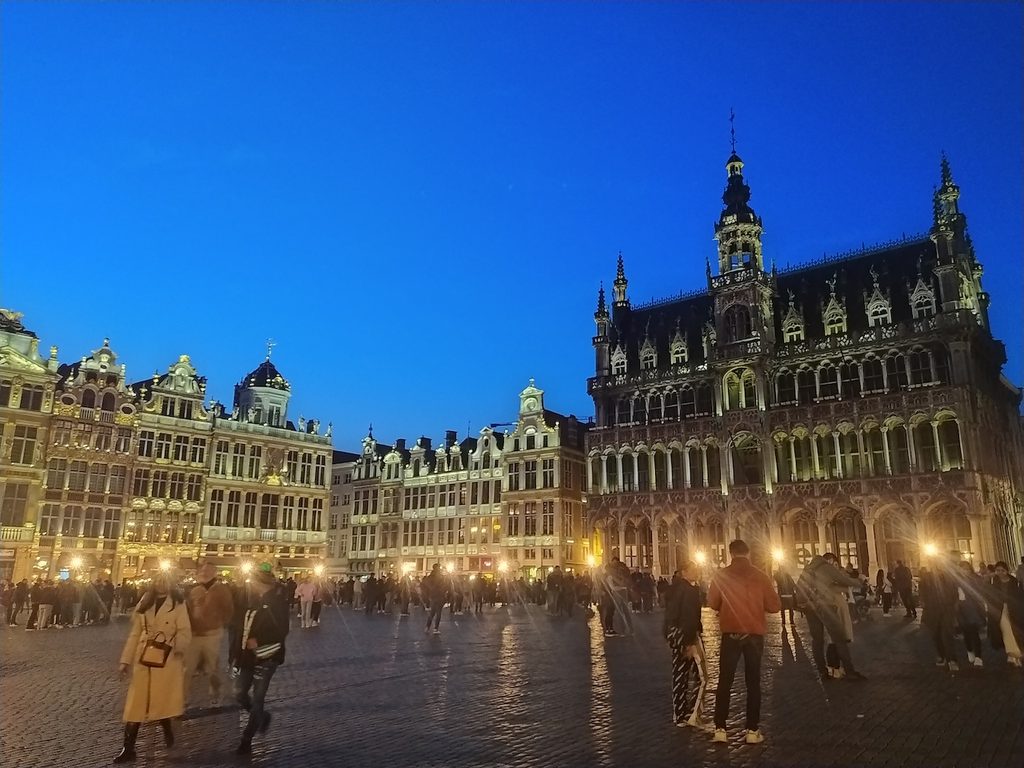
Brussels is the capital of Belgium and is home to many European Union institutions. Hit the ground running by going to the Grote Markt or the Grand Palace. The old town and main plaza are the prettiest parts of the city. The mix of Baroque and Flemish architectural influences make for a striking combination. Many attractions are within walking distance from the Grand Palace; you won’t even have to take public transportation. Mannekin Pis is a famous landmark near the Grand Palace. You’ll see this statue wearing various costumes at different times of the year. You can grab something to eat in the old town before visiting the other attractions in the city. For dessert, try the famous Belgian waffle.
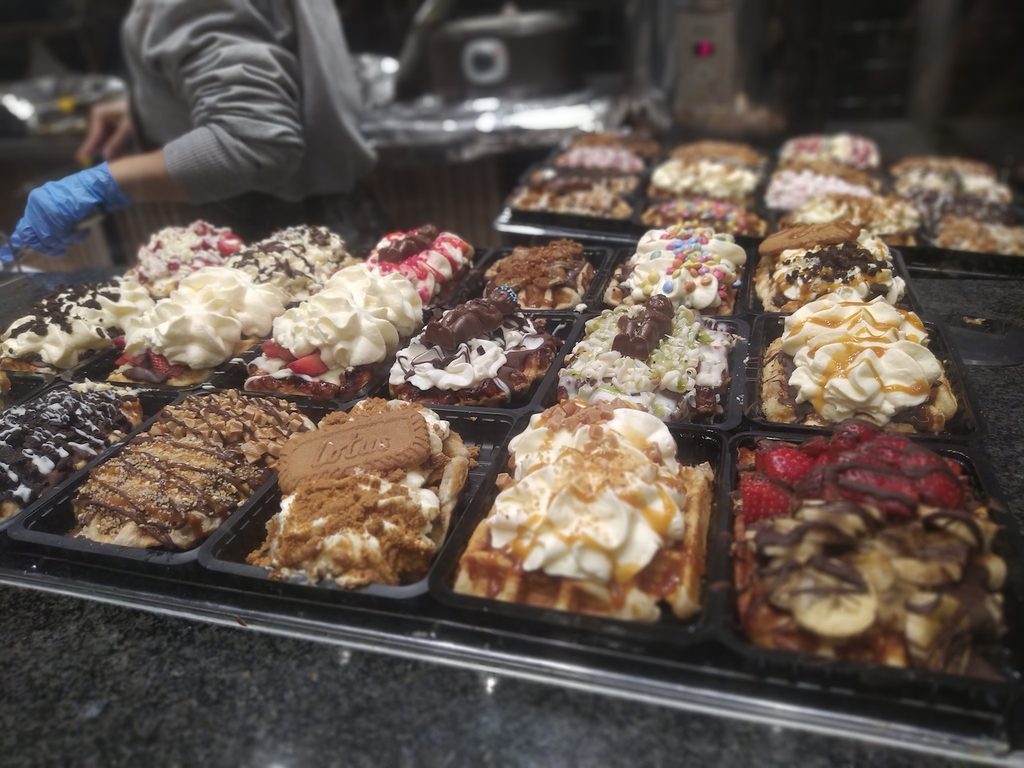
Make your way to Saint-Michel Cathedral. The latter dates to 1225 but only finished construction in the 15th century. Inside you’ll find lavish pieces of furniture and beautiful stained-glass windows. Not too far from the cathedral is the Royal Palace. The latter is the official residence of the Belgian royal family. Visitors can explore the interior from July to August. A short walk from the palace is the lovely Notre-Dame du Sablon. The inside is just as beautiful as its exterior with its stained-glass windows.
Make your way back towards the Grand Palace and pass through Mont des Arts. The quaint square/garden is a nice place to take a leisurely walk with its views of the city. The old town and the Grote Markt are lovely during blue hour and at night. Grab a bite in one of the restaurants in or just outside the old town. Brussels is a major city with plenty of dining options for budget travelers.
Day 7
After eating breakfast, make your way to the train station and board a train bound for Bruges. Bruges is a well-preserved medieval town that is a popular day trip destination. Its popularity and large groups of tourists initially turned me off, but I was won over when I explored the historic center. The architecture, rich history, and picturesque canals made the trip worth it. You could see a lot in a few hours even if you’re not hurrying. I just walked from the train station to the center and back.
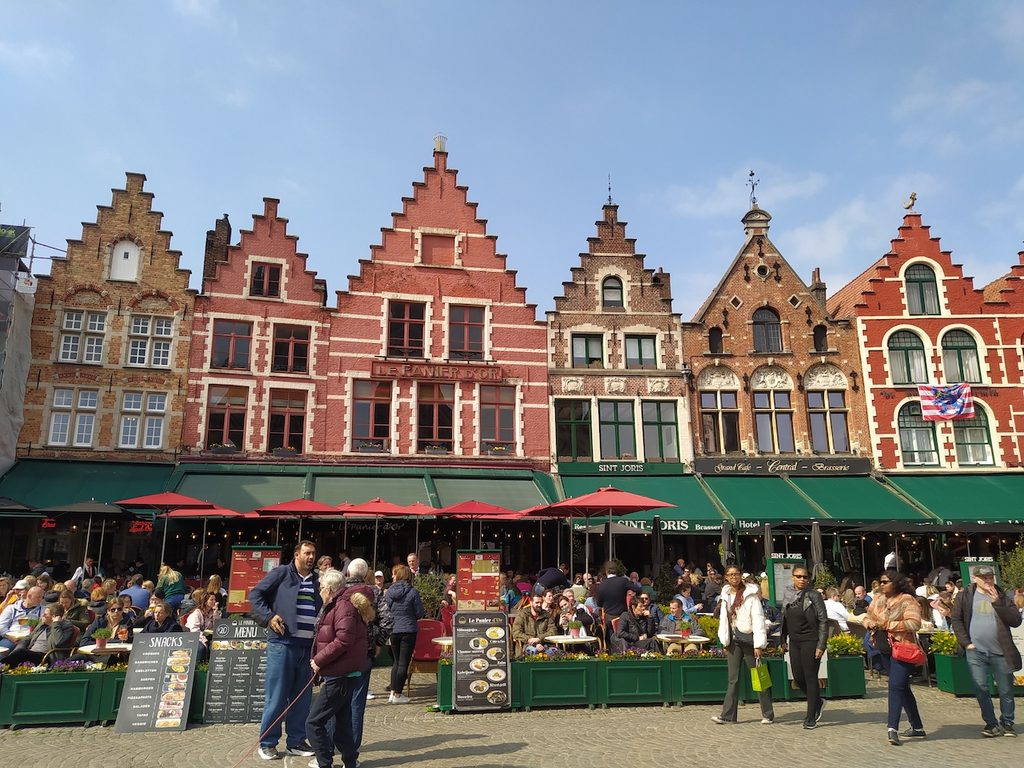
The Markt (main square) is home to some of Bruges’ best-looking buildings. Famous landmarks in Bruges include the Halle, Basilica of the Holy Blood, Town Hall, and the Liberty of Bruges. Don’t miss the St. Boniface Bridge, a popular photo spot with a view of the canal and beautiful buildings. You can have lunch in one of the cafés and restaurants before returning to Brussels in the evening or late in the afternoon.

How to get to Bruges: You have the option to take the train or bus to reach Bruges. The train travels more frequently between Brussels and Bruges. If you’re traveling during the weekend, you get a huge discount.
Netherlands
How to get to Amsterdam: You can either take the bus or train from Brussels to Amsterdam. The bus is your budget option but it takes longer.
- Flixbus is my go-to company for bus rides in Europe, book a ticket here.
- You can book train tickets here.
Day 8
Check out of your accommodation and try to leave as early as possible for Amsterdam. Once in Amsterdam, go to your accommodation to check in or at least leave your luggage.
Amsterdam is a “walkable” city. The canals and historic center are quite lovely; however, you’ll still see signs of the previous night’s party with beer cans, cigarette butts, and uncollected trash in some parts. Public transportation is efficient and reliable, but you might not need it because most of the attractions are near each other. The historic center is quite small; you can see most of it in a day if you don’t spend time inside museums or linger in one spot.
Spend your first day familiarizing yourself with the city. Jordaan is a lovely neighborhood with cafés, restaurants, boutiques, and fetching buildings. This is where you’ll also find the famous Anne Frank House. You’ll have to book tickets online to get in. Tickets are often sold out the instant they’re available. I tried to book many times but always failed. You can try your luck here.
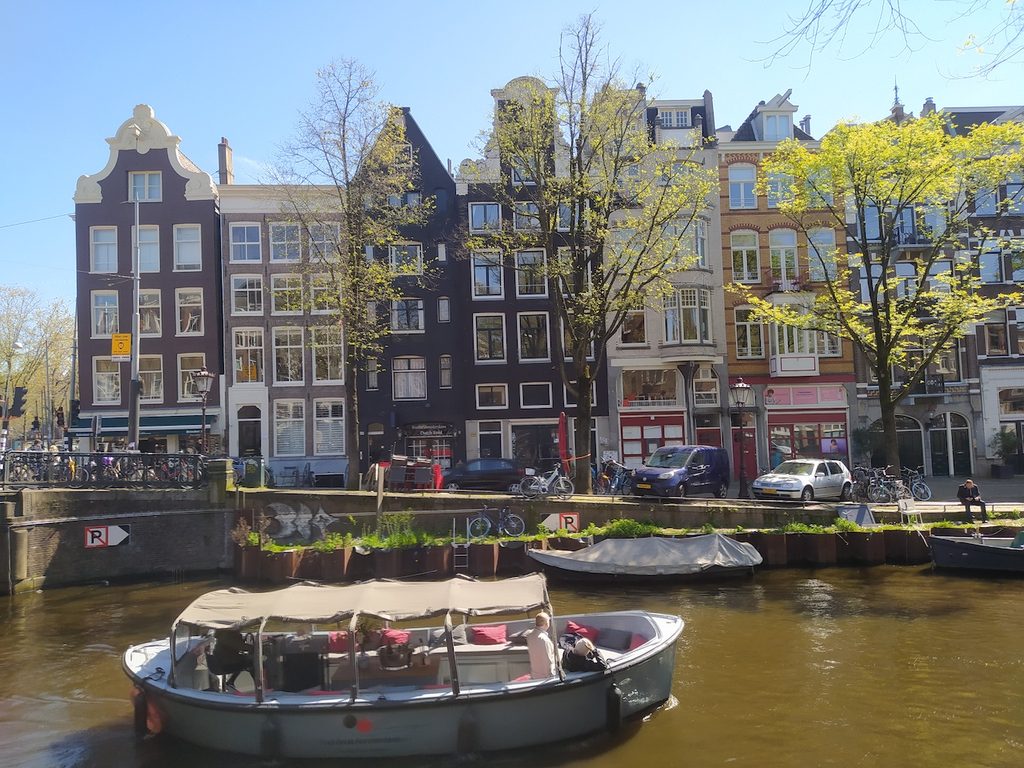
Not too far from the Anne Frank House is Westerkerk or West Church. This Renaissance church dates to 1631 and is a popular landmark. The canals in this area provide you with some picturesque views of the city. After taking several photos, make your way to the Royal Palace of Amsterdam and Dam Square. The palace is the residence of the King and is also a museum. It contains elaborate rooms and halls decorated with the finest furniture, as would fit royalty. Just outside the palace is Dam Square. The latter is a busy area where tourists and locals congregate for a variety of reasons. Other places you’ll see in the area are the National Memorial Statue, New Church, and Madame Tussaud’s Wax Museum. Several places to eat and shops line the square as well.
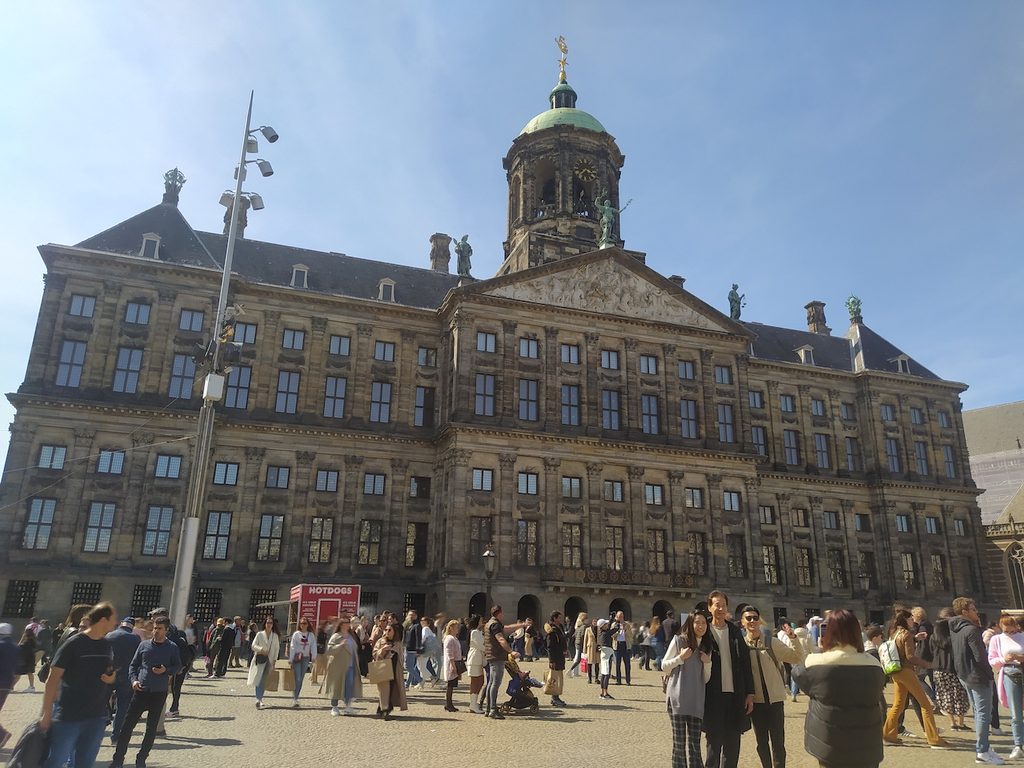
From Dam Square, walk for a few minutes until you reach a quaint corner of Amsterdam called Begijnhof. Devoted Catholic women used to call this little community home. Here you’ll see some of the oldest houses in the city.
Make your way to the (in)famous red-light district. Here you’ll find establishments that sell all sorts of cannabis products. You can also see the sex workers in windows trying to grab the attention of passersby, watch “shows,” and/or visit one of the red-light district related museums. Among all these are restaurants, shops, bars, and cafés. Tourists go to this part of the city not just to indulge in its vices but also to dine out, hang out, and get a drink (or many). It gets crowded and rowdier as the night goes on.
On a side note, you can drop by the Oude Kerk, also known as Old Church, somewhere in the red-light district. It dates to the 1300s and is one of the oldest structures in the city.
If you have the budget, you can go on a late afternoon cruise for around €20-€25. You can end your day anywhere in the city.
Fees:
If you plan on entering some attractions, here are some of the fees you’ll have to pay:
- €16 – Anne Frank House
- €12.50 – Royal Palace of Amsterdam
- €13.50 – Oude Kerk
Day 9
If you like museums, you can set a day aside to visit two for this part of your itinerary. Two of the most popular museums in Amsterdam are the Rijksmuseum and the Van Gogh Museum.

The Rijksmuseum is centuries old (dates to 1798) and is home to a broad collection of handicrafts, manuscripts, art, and cultural artifacts spanning the history of the Netherlands. There are also special exhibitions during different times of the year. You could spend hours exploring all the galleries and rooms. The Van Gogh Museum is smaller in comparison but is dedicated to the works of one artist (Van Gogh, who else?). You’ll see hundreds of his famous (and not so famous) paintings, etchings, and drawings. Spend at least two hours checking out the artist’s works.
Fees:
- €22.50 – Rijksmuseum entrance ticket
Buy a ticket and book a time slot here.
- €20 – Van Gogh Museum entrance ticket
Buy a ticket and book a time slot here.
Day 10
Depending on the time of your return flight to Manila, you can spend another day in Amsterdam. Make this a chill day to go back to your favorite spots in the city. Hang out in a café or go last-minute souvenir shopping.
How to get to the airport: The fastest option is to take the train from Amsterdam Central Station. Board a ticket bound for the airport. The fare is around €5.50.
You can purchase a ticket here.
How much will you spend?
A budget of €90 a day per person for the itinerary mentioned above covers a bed in a hostel dorm, a combination of 1-2 attractions a day and free attractions like parks and squares, a museum pass, public transportation to get around and to move from one city to the next, dine out at a budget restaurant at least once a day, buy food and drinks from convenience stores, bakeries, sandwich shops, and supermarkets, and the occasional day trip. This doesn’t include flights, shopping, drinking, and spending on different forms of entertainment.
France, Belgium, and the Netherlands aren’t exactly cheap destinations. However, you can drop your budget to the €60-€70 range a day per person if you stick to essentials such as free attractions, public transportation, staying in the cheapest hostel dorm room, and eating supermarket food throughout your trip. More adventurous travelers can spend even less by hitchhiking and couchsurfing.
Depending on your budget, you can splurge and live out your best life in the three countries included in this itinerary. Sky’s the limit if you can afford it.
Money saving tips
Amsterdam was one of the most expensive cities I visited in Europe. You’ll often have to pay €2 just to use the toilet, and other travelers have told me that some establishments still charge to use the toilet even if you’re already a customer. Eating out is expensive and indulging in the vices allowed in the city will cost you. Paris, Brussels, and Bruges are expensive destinations for similar reasons. However, you can still save some money for your trip.
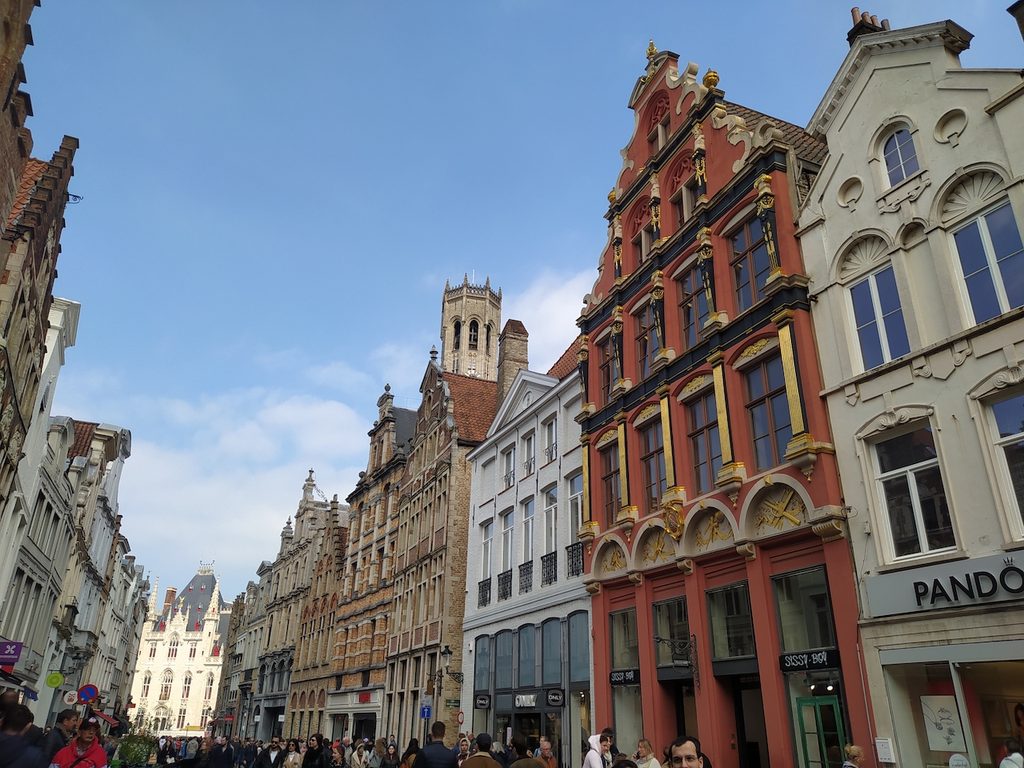
- Consider staying in a dorm room to reduce your accommodation expenses, especially if you’re traveling alone.
- Buy food from convenience stores or supermarkets. You don’t have to eat at a restaurant for all your meals to enjoy your trip.
- Walk or use public transportation when going around a city or moving from one destination to the next.
- Purchase your bus and/or train tickets in advance. You get discounts by booking early.
- Consider booking accommodation outside the city center. Many cities in Europe offer day passes for public transportation, making it convenient to move around.
- If you’re going to eat out, eat during lunchtime. Meals are generally cheaper compared to dinner.
- If you like museums, take advantage of passes to get good value for money.
- Train travel is more expensive than taking the bus, so if you want to save money, take the bus.
- Bakeries and sandwich shops are your closest friends in Europe. Sandwiches and bread are affordable and filling.
– Rappler.com
Joshua Berida is a writer that loves to travel. He blogs at www.thewanderingjuan.net.
Add a comment
How does this make you feel?
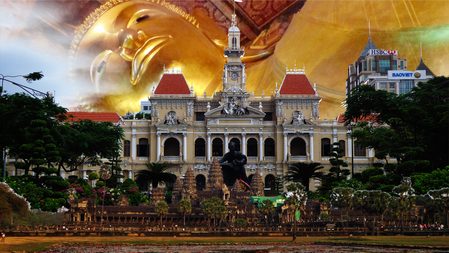

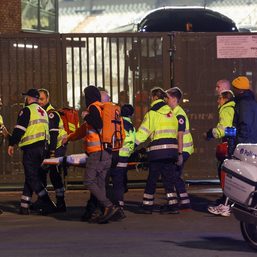
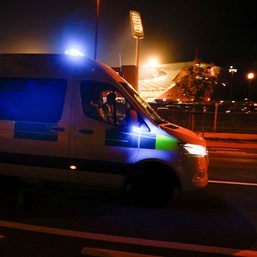

![[WATCH] Food Secrets: Belgium’s national dish – potato fries](https://www.rappler.com/tachyon/2023/07/food-secrets-belgian-fries-scaled.jpg?resize=257%2C257&crop_strategy=attention)
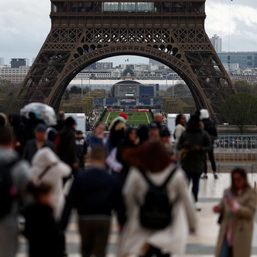

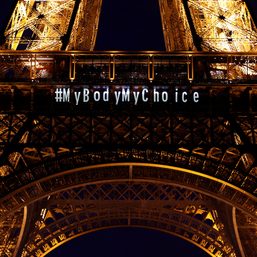
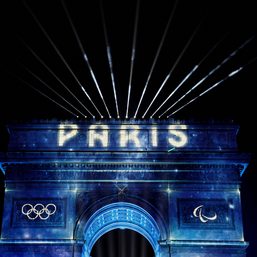
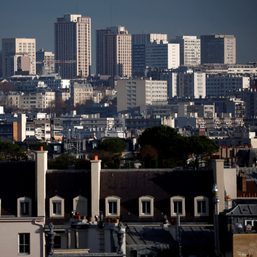

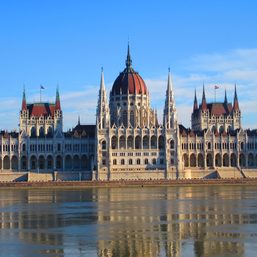
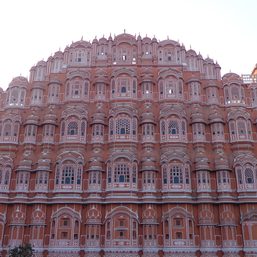
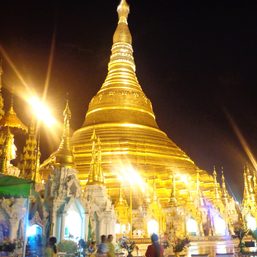






There are no comments yet. Add your comment to start the conversation.